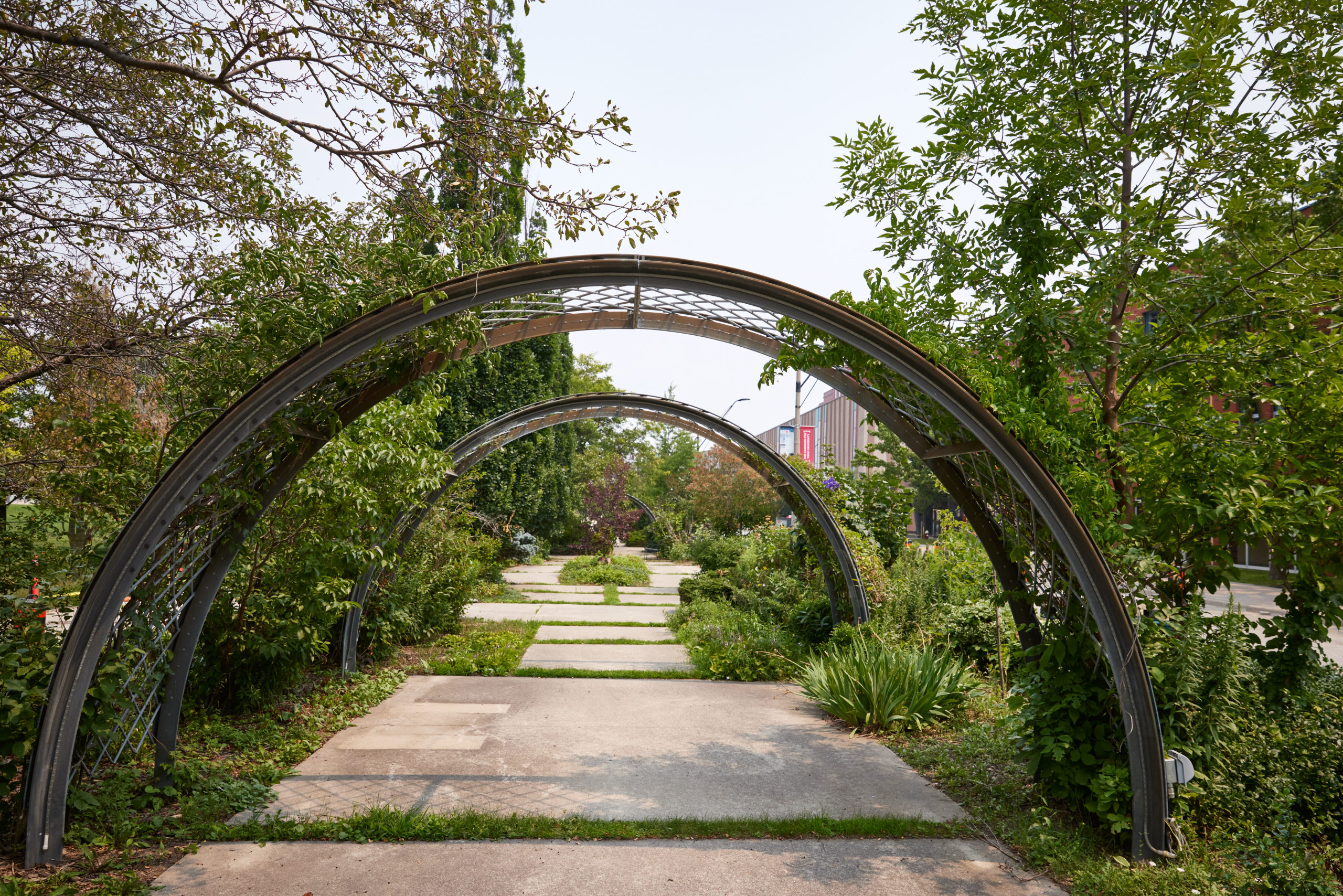
Calumet & Stong Colleges' 2020-2025 Strategic Plan
Inspiring Learning, Leadership & Citizenship.
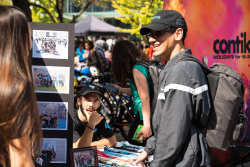
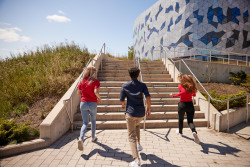
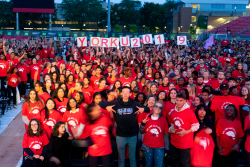
A college community committed to an engaged and meaningful student experience. The Colleges foster equity, diversity and inclusion; wellbeing; collaborative academic support; leadership development; and recognition of achievement.
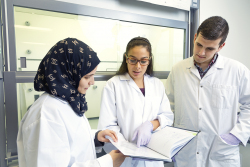
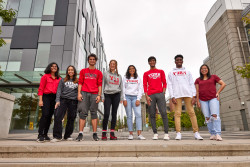
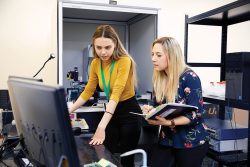
Student Centric:
Supporting the engagement of students in their own learning and growth
Collaborative:
Actively involving all community partners
Mentorship:
Enabling the learning process and personal development
Engagement:
Developing a sense of belonging and promoting growth
Bold:
Challenging the status quo and being resourceful
